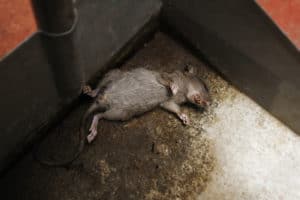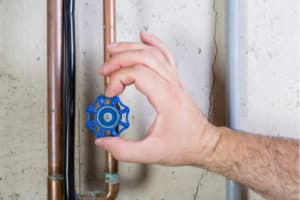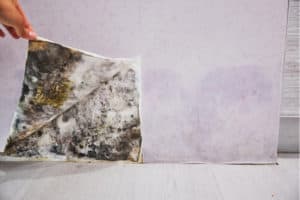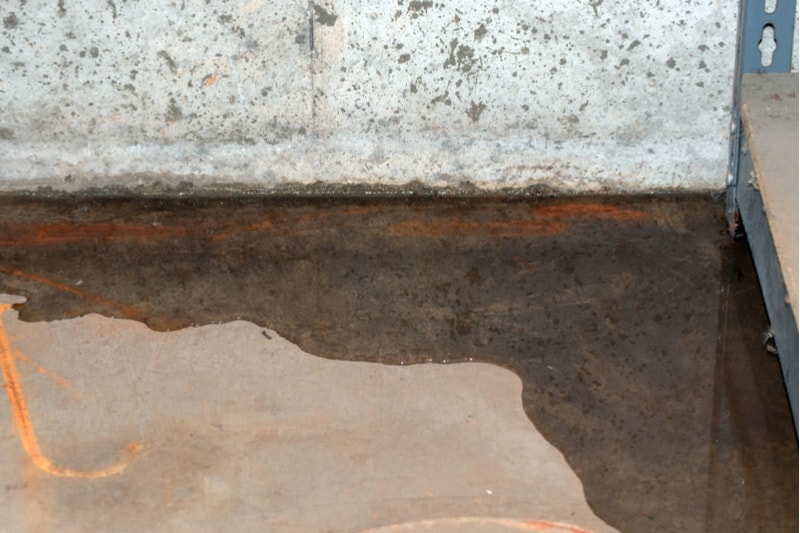How to Dry a Wet Crawl Space
A Guide to Controlling Moisture in Your Crawl Space
There are a few things in life that require a professional, and dealing with crawl space moisture and flooding is definitely at the top of the list. If the thought of a crawl space seems unappealing now, just imagine it flooded with stagnant water or sewage.
If you’re suffering from a wet or flooded crawl space, there are a few reasons you should hire a professional before taking on the project yourself. Though it may seem like a job that can be done without having to call in an expert, many homeowners quickly find that they are not equipped to deal with the process themselves. Professionals are not only trained to safely and effectively clean your space, but they also possess the equipment to handle hazardous material.
Still not convinced? Here are a few things you may find if you choose to take on the project yourself:
Toxic mold can survive in most places
Left untreated, the moisture in your crawl space can be the perfect breeding ground for mold growth. And toxic black mold is just as scary as it sounds. Left too long, it can lead to major health issues for you and your family. Some signs you may be suffering the effects of black mold include chronic fatigue, persistent headaches, skin and eye irritation, chronic coughing, asthma or other serious respiratory conditions.
Toxic black mold releases spores that feed on common organic household materials like drywall, carpet, insulation or sub-flooring. It can be costly to remove, especially if it has spread to other areas of your home. Mold typically enjoys temperatures between 40 and 100 degrees F that are dark and damp. This makes most places in your home ideal for mold growth. Areas like vents, bathrooms, and laundry rooms are ideal spots for mold to grow comfortably.
Wild and domestic animals in your crawl space
In addition to the potential mold, you can also look forward to dealing with animal droppings and dead vermin such as mice and or rats. Despite our best efforts, both wild and domestic animals can usually find a way into a crawl space. And often, they leave a mess behind. The thought of crawling around in wet animal droppings is not only unpleasant, but it can also pose a serious threat to your health. If you’re not trained to deal with the removal and disposal of dead vermin you could be exposing yourself to hantavirus pulmonary syndrome, a severe and sometimes fatal respiratory disease.
Steps to help you DIY 
- If you’re still convinced you can get rid of your crawl space dampness without the help of a professional, here are a few steps to help you through the process:
- The first step is to identify and stop the cause of the moisture. If the source is a burst pipe, make sure to shut off your water as soon as possible. If your space has been flooded with rainwater, use a push broom to try and clear as much water as possible out of the crawl space and away from your home.
- Next, you’ll want to remove any standing water. A submersible pump and a wet/dry vacuum are the best tools for the job. But if you don’t have either of those do what you can to clear out the water while you wait for your restoration company to arrive.
Be aware of your surroundings
Crawl spaces can have an excessive amount of debris such as nails, splinters and possibly rodents. Crawling through these spaces means your body is exposed to all of these hazards on the ground. And in a tight area with little room for movement, you’re also susceptible to potential pathogens in the air. Before entering a space, take a moment to observe any smells coming from your crawl space. If there is an increased risk of chemical contaminants you should not enter the space and instead wait for a professional to evaluate the area.
What to do if materials are wet
If there is any debris or wet material, remove it from the area. Any boxes or items stored in the crawl space should be taken outside for a closer inspection and possible cleaning. Do not bring boxes that have been exposed to moisture into a living space or basement, as they could be contaminated and spread mold further into your home. Check for loose, wet and moldy insulation and remove it from the space. Be careful when removing debris and always wear protective gear. Try not to rush through debris removal and be conscious of your actions. Speeding through a clean up can often result in injury.
Scrub mold off of any and all surfaces but be aware that only using bleach may not be enough. To find out the best way to clean mold from your home check out this guide. If you have a heavy infestation of mold or are allergic, this is a job that should be left to professionals. If you’re not sure what type of mold you are dealing with, always call an expert to analyze it first, as some types of mold can be highly toxic. To remove moisture from the space you’ll need a dehumidifier or a professional grade drying system in order to ensure that the area is completely dry.
For a more long term solution that will keep moisture out you may need to install a vapor barrier over the floor and wall of your crawl space. Be sure not to cover the barrier with gravel or dirt as it will keep you from seeing if new puddles have formed.
A wet crawl space is a whole house problem
Moisture in your crawl space is more than just an inconvenient nuisance. Without a properly vented crawl space, moisture can lead to more than mildew. Peeling paint or rotting beams can also occur due to a continuously damp space. Though people are reluctant to leave their vents open year round, condensation problems can occur in any season. Which is why controlling moisture in your home can alleviate or even eliminate other potential problems for your home in the future.
Moisture control can save you money
Getting control of the moisture in your home is not only necessary for your peace of mind, but it could also save you money. Houses with dirt crawl spaces usually have damp air. This air is much more difficult to heat and cool which ultimately ends up costing you more money. Keeping moisture levels low not only prevents mold growth and keeps you more comfortable, but it could also help your home become more energy efficient. By addressing damp air in your crawl space, your home will become less costly to heat and cool, which saves you money.
Coming up with a moisture control strategy will depend on your local climate, type of insulation and the construction style of your home. By speaking with a local professional, you can create a strategy tailored for your home and needs.
It’s never a good idea to decide to learn a new skill when suddenly faced with water damage or crawl space moisture issues. Entrusting a local expert not only gives you peace of mind, but it also ensures that your home is safe from mold, vermin and other unwanted house guests.


Recent Comments